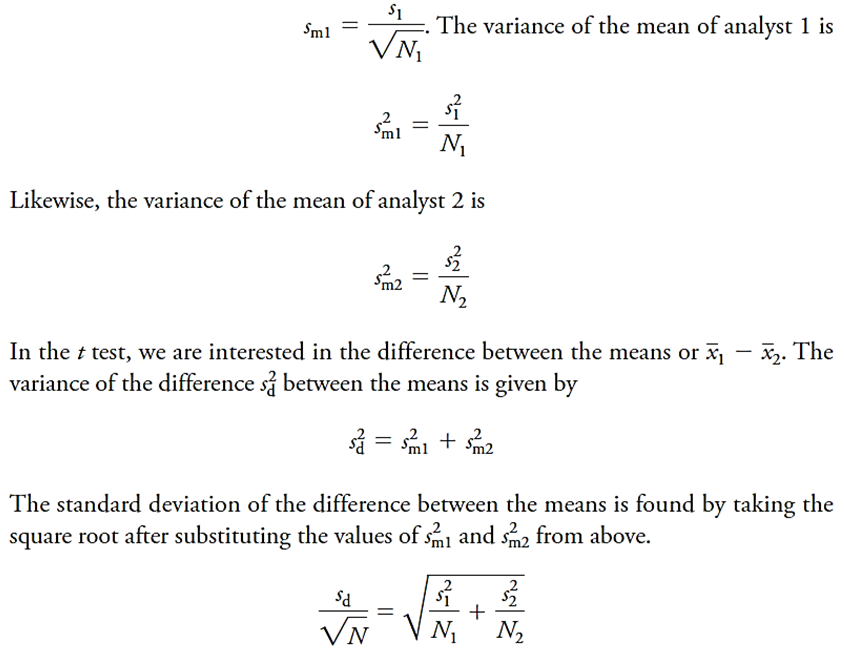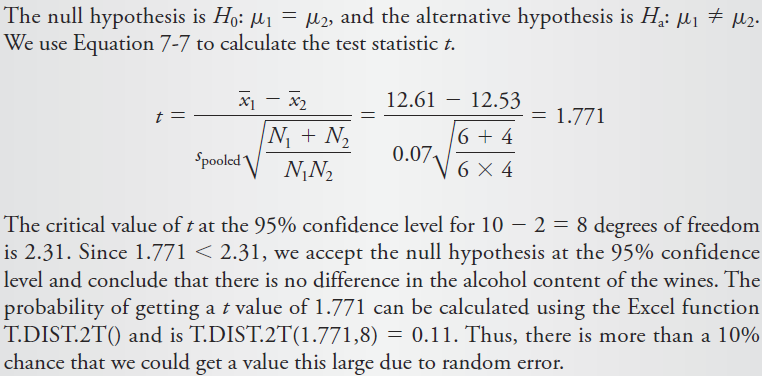

علم الكيمياء

تاريخ الكيمياء والعلماء المشاهير

التحاضير والتجارب الكيميائية

المخاطر والوقاية في الكيمياء

اخرى

مقالات متنوعة في علم الكيمياء

كيمياء عامة


الكيمياء التحليلية

مواضيع عامة في الكيمياء التحليلية

التحليل النوعي والكمي

التحليل الآلي (الطيفي)

طرق الفصل والتنقية


الكيمياء الحياتية

مواضيع عامة في الكيمياء الحياتية

الكاربوهيدرات

الاحماض الامينية والبروتينات

الانزيمات

الدهون

الاحماض النووية

الفيتامينات والمرافقات الانزيمية

الهرمونات


الكيمياء العضوية

مواضيع عامة في الكيمياء العضوية

الهايدروكاربونات

المركبات الوسطية وميكانيكيات التفاعلات العضوية

التشخيص العضوي

تجارب وتفاعلات في الكيمياء العضوية


الكيمياء الفيزيائية

مواضيع عامة في الكيمياء الفيزيائية

الكيمياء الحرارية

حركية التفاعلات الكيميائية

الكيمياء الكهربائية


الكيمياء اللاعضوية

مواضيع عامة في الكيمياء اللاعضوية

الجدول الدوري وخواص العناصر

نظريات التآصر الكيميائي

كيمياء العناصر الانتقالية ومركباتها المعقدة


مواضيع اخرى في الكيمياء

كيمياء النانو

الكيمياء السريرية

الكيمياء الطبية والدوائية

كيمياء الاغذية والنواتج الطبيعية

الكيمياء الجنائية


الكيمياء الصناعية

البترو كيمياويات

الكيمياء الخضراء

كيمياء البيئة

كيمياء البوليمرات

مواضيع عامة في الكيمياء الصناعية

الكيمياء الاشعاعية والنووية
The t Test for Differences in Means
المؤلف:
D. A. Skoog, F. J.Holler, D M. West, and S. R. Crouch
المصدر:
Fundamentals of Analytical Chemistry
الجزء والصفحة:
9th. p 134
7-5-2017
4563
The t Test for Differences in Means
We can test for differences in means with the z test, modified to take into account a comparison of two sets of data, if we have large numbers of measurements in both data sets. More often, both sets contain only a few results, and we must use the t test. To illustrate, let us assume that N1 replicate analyses by analyst 1 yielded a mean value of x̅1 and that N2 analyses by analyst 2 obtained by the same method gave x̅2. The null hypothesis states that the two means are identical and that any difference is the result of random errors. Thus, we can write H0: μ1 = μ2. Most often when testing differences in means, the alternative hypothesis is Ha: μ1 ≠ μ2, and the test is a two-tailed test. However, in some situations, we could test Ha: μ 1 > μ2 or Ha: μ1 < μ2 and use a one tailed test. We will assume that a two-tailed test is used.
If the data were collected in the same manner and the analysts were both careful, it is often safe to assume that the standard deviations of both data sets are similar. Thus, both s1 and s2 are estimates of the population standard deviation s. To get a better estimate of s than given by s1 or s2 alone, we use the pooled standard. As below equation, the standard deviation of the mean of analyst 1 is given by

Now, if we make the further assumption that the pooled standard deviation spooled is a better estimate of s than s1 or s2, we can write
 (7.7)
(7.7)
The test statistic is then compared with the critical value of t obtained from the table for the particular confidence level desired. The number of degrees of freedom for finding the critical value of t is N1 - N2 + 2. If the absolute value of the test statistic is less than the critical value, the null hypothesis is accepted, and no significant difference between the means has been demonstrated. A test value of t greater than the critical value indicates a significant difference between the means. Example 1.1 illustrates the use of the t test to determine if two barrels of wine came from the same sources.
Example 1.1
In a forensic investigation, a glass containing red wine and an open bottle were analyzed for their alcohol content in order to determine whether the wine in the glass came from the bottle. On the basis of six analyses, the average content of the wine from the glass was established to be 12.61% ethanol.
Four analyses of the wine from the bottle gave a mean of 12.53% alcohol. The 10 analyses yielded a pooled standard deviation spooled = 0.070%. Do the data indicate a difference between the wines?
Solution

In Example 1-1, no significant difference in the alcohol content of the two wines was detected at the 95% probability level. This statement is equivalent to saying that m1 is equal to m2 with a certain degree of confidence. However, the tests do not prove that the wine in the glass came from the same bottle. Indeed, it is conceivable that one wine is a merlot and the other is a cabernet sauvignon. To establish with a reasonable probability that the two wines are identical would require extensive testing of other characteristics, such as taste, color, odor, and refractive index, as well as tartaric acid, sugar, and trace element content. If no significant differences are revealed by all these tests and by others, then it might be possible to judge the glass of wine as originating in the open bottle. In contrast, the finding of one significant difference in any test would unmistakably show that the two wines are different. Thus, the establishment of a significant difference by a single test is much more revealing than finding that there is no significant difference in a single characteristic.
If there is good reason to believe that the standard deviations of the two data sets differ, the two-sample t test must be used. However, the significance level for this t test is only approximate, and the number of degrees of freedom is more difficult to calculate.
 الاكثر قراءة في مواضيع عامة في الكيمياء التحليلية
الاكثر قراءة في مواضيع عامة في الكيمياء التحليلية
 اخر الاخبار
اخر الاخبار
اخبار العتبة العباسية المقدسة

الآخبار الصحية















 قسم الشؤون الفكرية يصدر كتاباً يوثق تاريخ السدانة في العتبة العباسية المقدسة
قسم الشؤون الفكرية يصدر كتاباً يوثق تاريخ السدانة في العتبة العباسية المقدسة "المهمة".. إصدار قصصي يوثّق القصص الفائزة في مسابقة فتوى الدفاع المقدسة للقصة القصيرة
"المهمة".. إصدار قصصي يوثّق القصص الفائزة في مسابقة فتوى الدفاع المقدسة للقصة القصيرة (نوافذ).. إصدار أدبي يوثق القصص الفائزة في مسابقة الإمام العسكري (عليه السلام)
(نوافذ).. إصدار أدبي يوثق القصص الفائزة في مسابقة الإمام العسكري (عليه السلام)


















